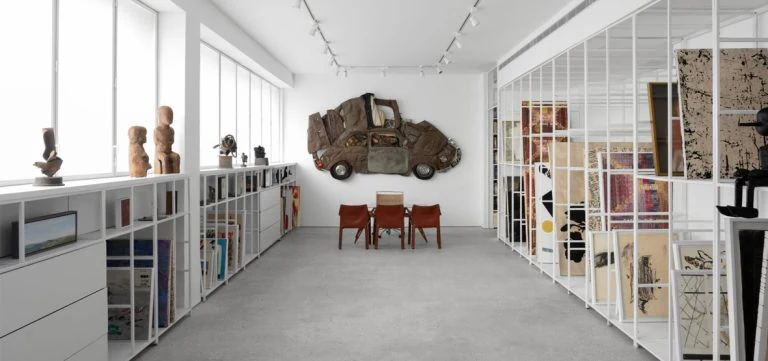An urban wildlife refuge
“This place is like the Garden of Eden, a real treasure,”
said Tal Perry, who lives in Givat Mordechai, just a few minutes’ walk from the park, and was one of the local residents who worked for more than a decade to create this place. The park is open daily and features walking paths, shaded sitting areas and wildlife observation stations. It also hosts children’s activities and other events. Along with gazelles, the park is also home to birds, frogs, and several kinds of wildflowers. Mountain gazelles have long lived in the hills and green spaces surrounding Jerusalem, and are even mentioned several times in the Bible. For decades they have wandered the open land that eventually became the Gazelle Valley, Perry said. But in the early 2000s, a plan to build hundreds of apartments in this area threatened to bring an end not only to the habitat for local gazelles, but also to one of the relatively few green spaces in the city. These open spaces, sometimes called “green lungs,” are important to keeping the city’s air clean, and also provide areas for people to connect with nature, according to the Society for the Protection of Nature in Israel, which manages the park along with the Jerusalem municipality. Perry was one of dozens of local residents that worked with SPNI to help stop the development through public demonstrations and petitions that resulted in the municipality declaring that the area would become a nature preserve.
““This is the fruit of that struggle,”
Jerusalem’s former mayor Nir Barkat said when the park eventually opened in 2015. There were only three gazelles when the park opened, as a large part of the herd that had been living in the area was killed by cars and eating plastic trash, Perry explained. The park brought in a few more gazelles from zoos around the country, and they soon began to produce babies, resulting in the larger herd today.
“That means they feel very good and live well here,”
Perry said. Now, a fence protects the gazelles from running out into the road and staff and volunteers make sure the area stays free of litter. While visitors can sometimes catch glimpses of gazelles, the park also contains large areas that are off-limits to people, in order to make sure that the animals have ample space. Winter rains keep the park green and lush, and in the spring it is covered with colorful wildflowers. During the hot summer, the best times to visit the park are in the morning or early evening.
More Articles:


